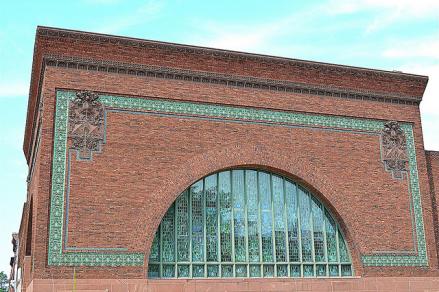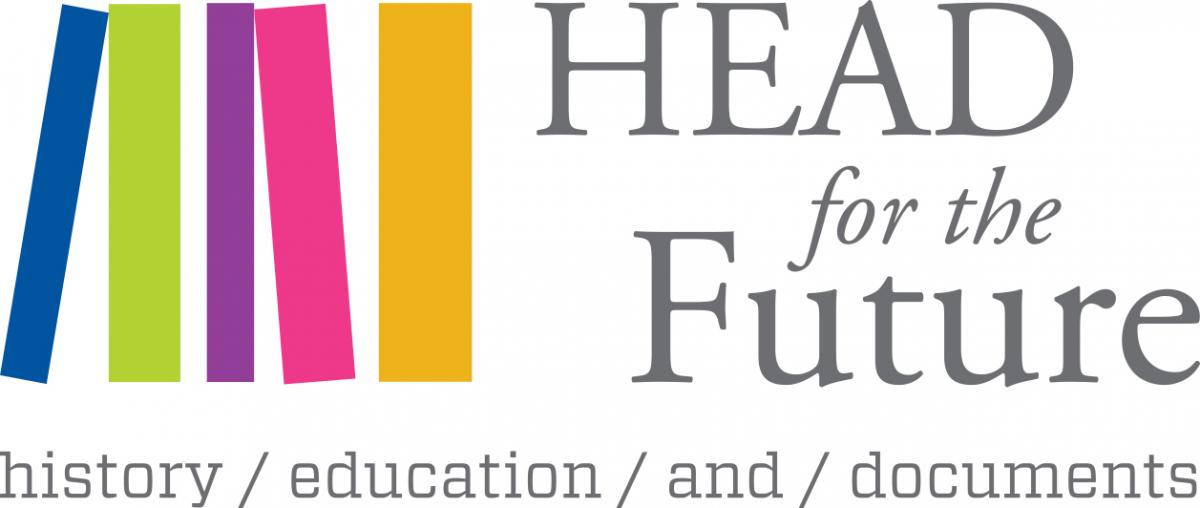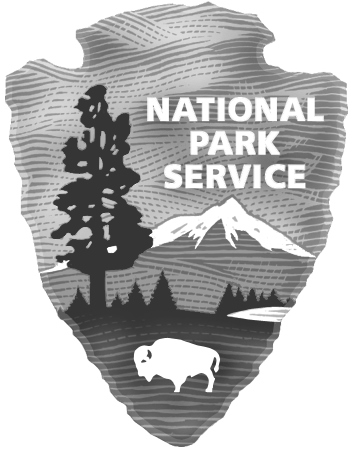This lesson will link math number sense, coin recognition, and Minnesota microeconomics standards of how individuals, businesses, and government interact and exchange goods and services. This bank is an important landmark and focal point of Owatonna’s downtown square. Its inclusion and history will help children build connections to their community, while learning the foundations of number sense.
For teachers in other locales, a local bank with interesting architectural details could be substituted for Farmer's National.



